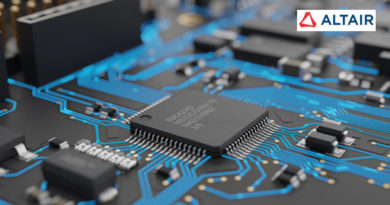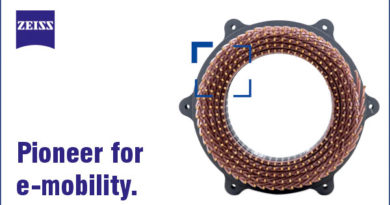Five Tips for Selecting the Right Power Analyzer
Power analysers are multi-functional devices designed to measure the power flow in electrical systems. Although these sophisticated instruments are used in many applications and industries, there is no universal solution to every power measurement challenge. Find out what to consider when selecting a power analyzer that fits your application needs.
Tip 1: Accuracy
Measurement accuracy is fundamental when you’re optimizing the performance of an electric inverter, motor or drivetrain. By driving down measurement uncertainty you generate more credible results, which improves the value proposition of your system. Selecting a power analyser with the best base power accuracy available, is an investment in the long-term future of your products and solutions.

Tip 2: Number & Type of Inputs
How many channels do you need? Standard HBM power analysers cover a range of 3 – 21 power channels with up to 6 torque transducers, which is ideal for four-wheel-drive testing. The modular approach to simultaneous acquisition of electrical and mechanical signals means that your analyser can be expanded with further signal acquisition modules or additional power input channels. When buying a power analyser, make sure your investment is future-proof.
Tip 3: Dynamic Power Measurement:
Most power analysers are designed specifically to measure steady-state systems (like the electric power grid). But what about dynamic systems such as electric vehicle drivetrains? When you want to measure transient power changes during load-steps, run-ups and run-downs, you need an analyser that delivers accurate results during dynamic load changes. Make sure your analyser has been designed for the task in hand.

Tip 4: Raw Data Storage & Analysis
Storing raw data is a prerequisite when you need to audit your measurements, or if you are looking to dive deep into your control algorithms. By storing data from tests, you can re-calculate and validate your power results at any time. Real time analysis of space vectors and DQ0 transformation enables you to verify your control algorithms. Choosing the right power analyzer avoids the costs of additional hardware and saves you the time and effort of re-running tests.
Tip 5: Real-time Results
A standard read-out after taking power measurements may be sufficient for some users. But what about the engineers with more exacting requirements, who need to visualise data, perform custom calculations or generate results in real-time? Power analysis solutions from HBM not only includes a library of standard calculations, they also allow you to enter your own formulas. Choosing a power analyser with full data transfer to automation systems and refresh rates of up to 2,000 times per second means you get results when you need them



